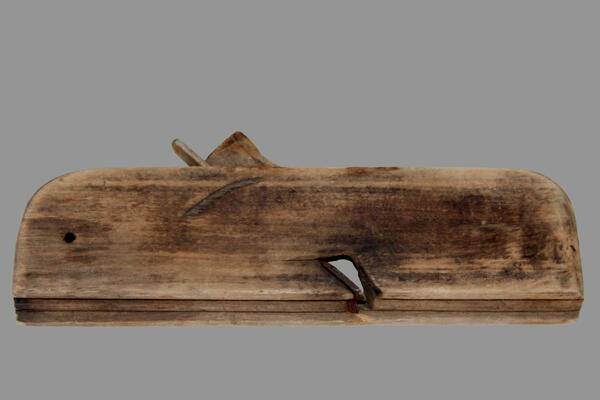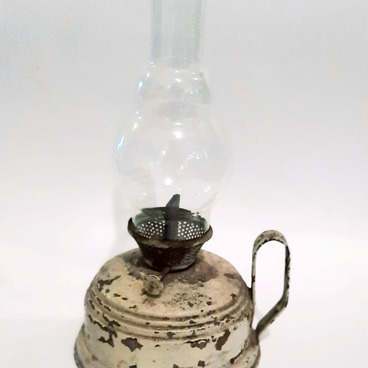Beading is a woodworking technique that enables making ornamental cuts and creating various decorative elements. For example, it is used to make door panels—the decorative recesses that are often rectangular and look much better than a simple bevel.
The tool that is designed to work the wood in this way is accordingly named the bead plane. In a factory environment, all beading work is often carried out by huge machines that are operated manually or via computers; at home, on the other hand, beading is done with a completely different tool, which looks like and is a type of a hand plane.
The bead plane possesses a number of characteristics that distinguish it from the ordinary hand plane. First of all, it has a different shape. Its base, the sole, is ornately shaped: for example, the sole of the plane kept in the collection of the IshimbAy Museum of History and Local Lore has a clearly visible depression shaped like a strip. The purpose of the sole’s complex shape is to transfer this pattern to the worked piece. Secondly, the bead plane is fitted with sharp movable blades that are positioned along the tool’s sole at an angle that allows it to carefully remove layers of material in accordance with the set matrix. With the help of the bead plane, a flat board can be decorated with a wide variety of ornate elements, including ordinary grooves, as well as protrusions and depressions of different sizes, curves, and notches. When using the bead plane, it is essential to apply a consistent force to the workpiece and follow a clear path.
Beading is mostly used when working with wood, as this technique involves the removal of different layers of material one at a time to shape a decorative piece. There is a wide variety of decorative elements that can be applied to door designs with the use of beading, including panels, hinges, and architraves. Beading helps create smooth curves, wavy patterns along the end cut of the wood, and a variety of intricate depressions—the woodworking opportunities offered by this tool are only limited by the imagination of its user. Armed with it, you can create a unique piece that will be an integral part of any interior.
The tool that is designed to work the wood in this way is accordingly named the bead plane. In a factory environment, all beading work is often carried out by huge machines that are operated manually or via computers; at home, on the other hand, beading is done with a completely different tool, which looks like and is a type of a hand plane.
The bead plane possesses a number of characteristics that distinguish it from the ordinary hand plane. First of all, it has a different shape. Its base, the sole, is ornately shaped: for example, the sole of the plane kept in the collection of the IshimbAy Museum of History and Local Lore has a clearly visible depression shaped like a strip. The purpose of the sole’s complex shape is to transfer this pattern to the worked piece. Secondly, the bead plane is fitted with sharp movable blades that are positioned along the tool’s sole at an angle that allows it to carefully remove layers of material in accordance with the set matrix. With the help of the bead plane, a flat board can be decorated with a wide variety of ornate elements, including ordinary grooves, as well as protrusions and depressions of different sizes, curves, and notches. When using the bead plane, it is essential to apply a consistent force to the workpiece and follow a clear path.
Beading is mostly used when working with wood, as this technique involves the removal of different layers of material one at a time to shape a decorative piece. There is a wide variety of decorative elements that can be applied to door designs with the use of beading, including panels, hinges, and architraves. Beading helps create smooth curves, wavy patterns along the end cut of the wood, and a variety of intricate depressions—the woodworking opportunities offered by this tool are only limited by the imagination of its user. Armed with it, you can create a unique piece that will be an integral part of any interior.



